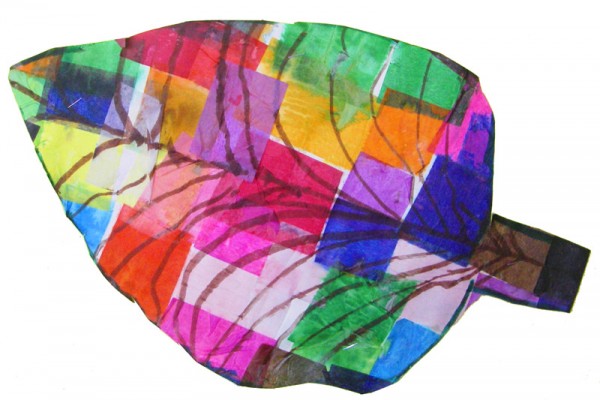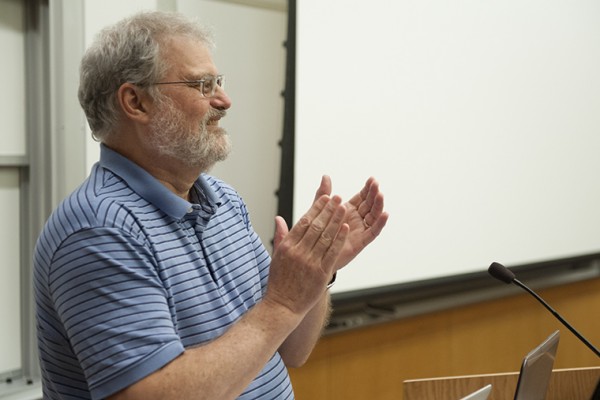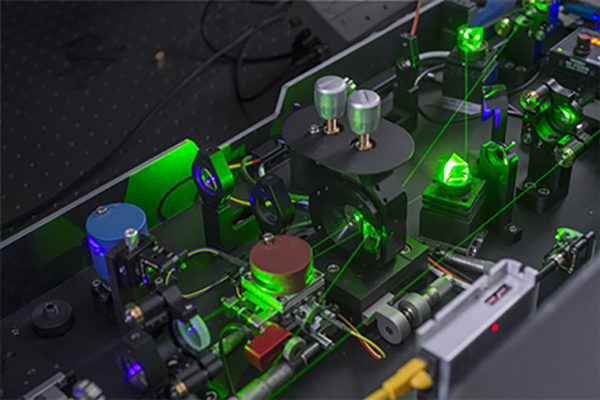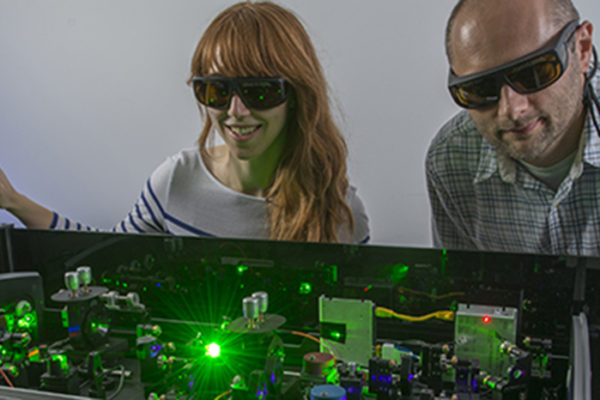Renewable energy certificate awarded
p.MsoNormal, li.MsoNormal, div.MsoNormal
{margin:0in;margin-bottom:.0001pt;font-size:12.0pt;font-family:”Times New Roman”;}
.MsoChpDefault
{font-size:10.0pt;}
@page WordSection1
{size:8.5in 11.0in;margin:1.0in 1.25in 1.0in 1.25in;}
div.WordSection1
{page:WordSection1;}
Four students at Washington University in St. Louis
successfully completed the Certificate in Renewable Energy and the Environment
this year
and were recognized at an event at the Whittemore House.
Pick a color, any color
A small team of chemists, having learned the secrets of light absorption from chlorophylls a and b, can now tune molecules to absorb anywhere in the solar spectrum. They are using this facility to synthesize pigments that fill gaps in the sunlight absorbed by native pigments and to push deeper into the infrared than any native pigment.
PARC wins renewed funding for photosynthetic research
The Department of Energy has awarded the Photosynthetic Antenna Research Center (PARC) $14.4 million for continuing research on natural and bio-inspired systems for harvesting the sun’s energy. The center, which is hosted by Washington University in St. Louis, was one of 32 projects selected for funding from among more than 200 proposals and one of only 22 to receive second-round funding.
Scientists stitch up photosynthetic megacomplex
In Science, scientists at Washington
University in St. Louis report on a new technique that allowed them to extract a photosynthetic megacomplex consisting of a light antenna and two reaction centers from the membrane of a cyanobacterium. This is the first time an entire complex has been isolated and studied as a functioning whole.
Lab-made complexes are “sun sponges”
In the Aug. 6, 2013, online edition of Chemical Science, a team of scientists describes a testbed for light-harvesting antennas, the structures that capture the sun’s light in plants and bacteria. Prototype designs built on the testbed soak up more of the sun’s spectrum and are far easier to assemble than synthetic antennas made entirely from scratch. They offer the best of both worlds, combining human synthetic ingenuity with the repertoire of robust chemical machinery selected by evolution.
A chance to explore the hottest research topic in St. Louis
The International Society of Photosynthesis
Research, meeting this August in St. Louis, is offering an afternoon of
talks and demonstrations about the original “green” chemistry invented
by bacteria and plants and its relevance to our energy future. Intended for teachers, students and the public, “Photosynthesis in
our Lives” will take place from 3- 5 p.m. the afternoon of Sunday,
August 11, 2013 in the Parkview room at the Hyatt Regency at the Arch. RSVP to: http://parc.wustl.edu/outreachRSVP by August 7, 2013.
Focus on renewable energy
PARC and I-CARES recently honored three seniors who completed the Certificate in Renewable Energy and the Environment, which allows students to pursue interdisciplinary energy studies in addition to their academic major.
Making a light-harvesting antenna from scratch
At WUSTL’s Photosynthetic Antenna Research Center scientists have succeeded in making a light-harvesting antenna from scratch. The new antenna, modeled on the chlorosome found in green bacteria, is a giant assembly of pigment molecules. Chlorosomes allow green bacteria to photosynthesize even in the dim light in ocean deeps. The new technology may one day transform solar-powered devices.




